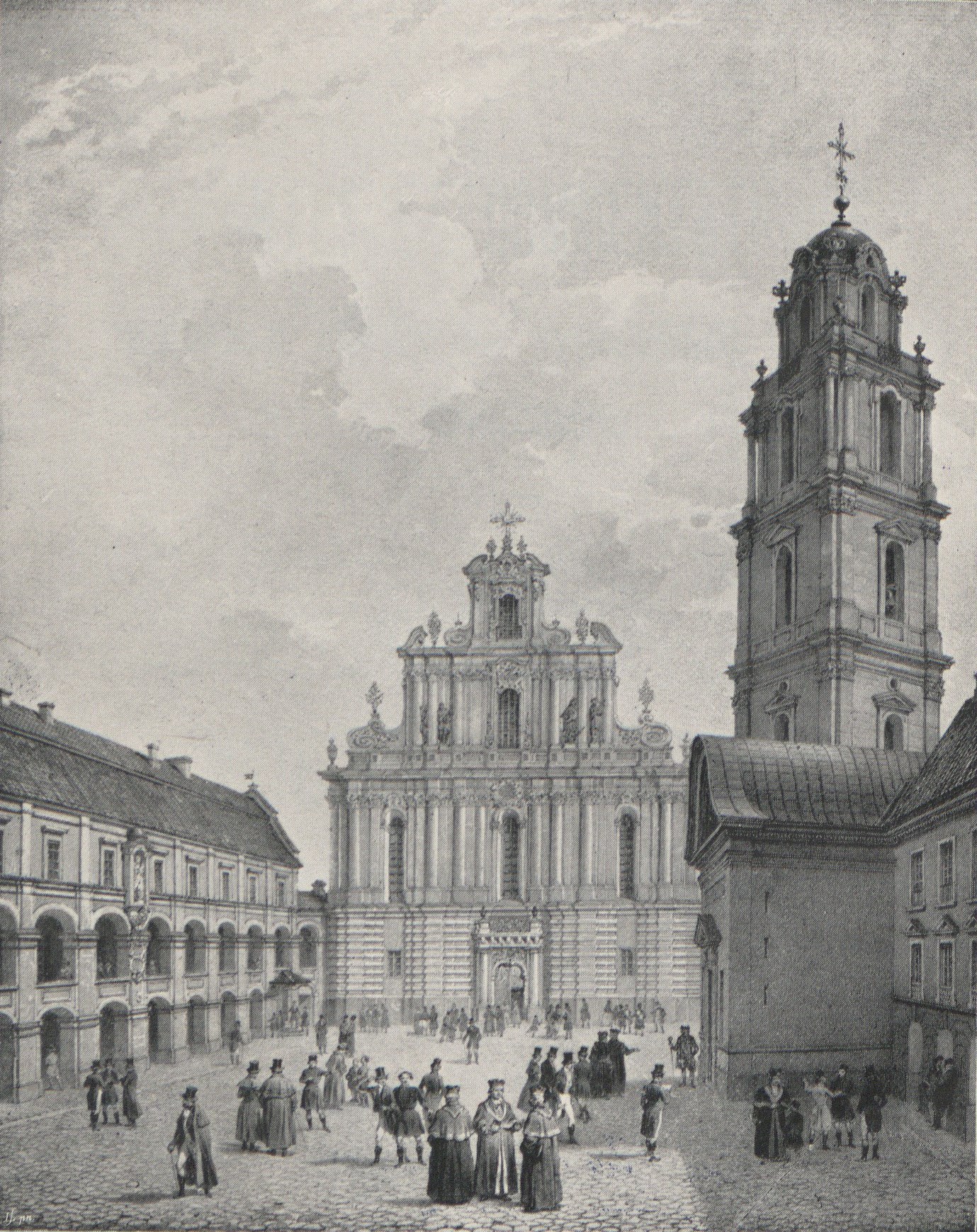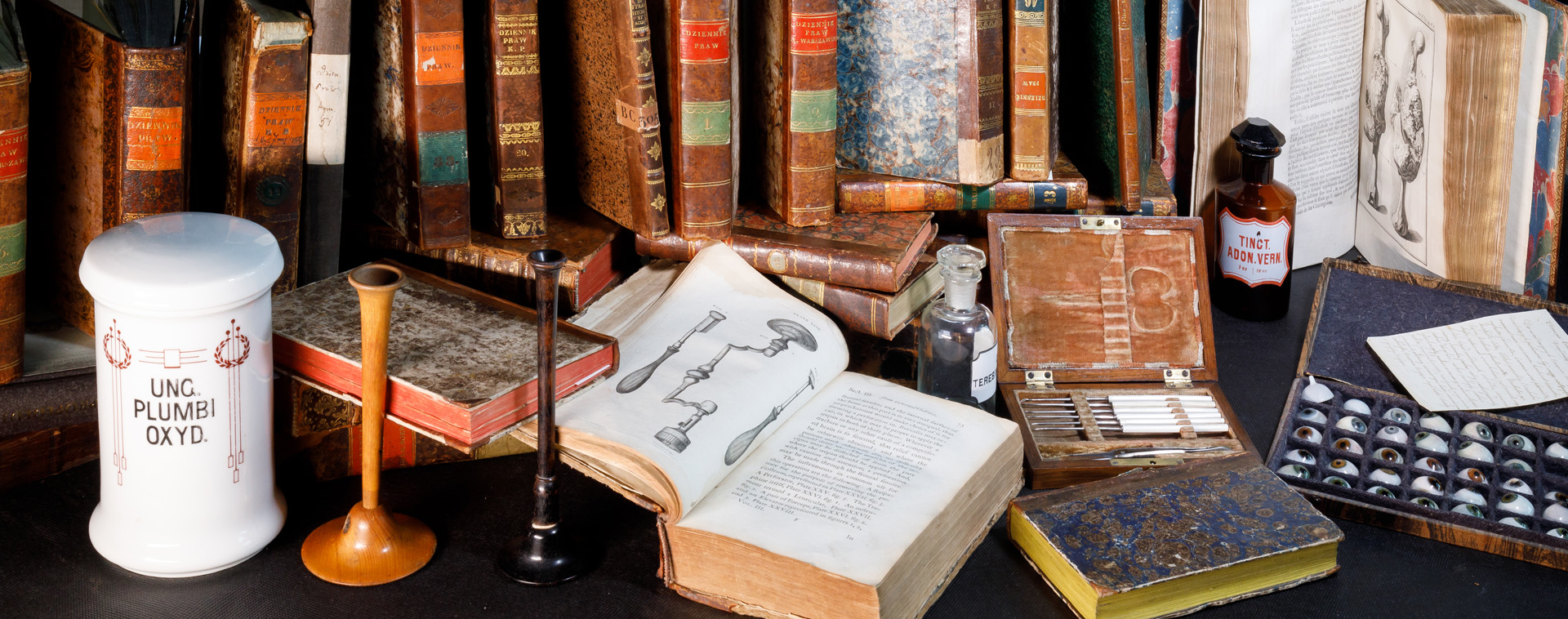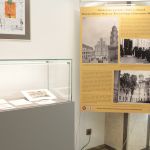
In 2019 one hundred years will have passed since the opening of the Stefan Batory University in Vilnius. To mark this special anniversary, the Museum of Medical History, WUM, has organized a commemorative exhibition entitled: ‘The teaching of medicine and pharmacy within the walls of Vilnius University’. It not only presents the history of the university, but also displays academic memorabilia from Vilnius which are part of the collections of our own museum in Warsaw. This particularly rich collection of exhibits relates to the time when the Stefan Batory University was in existence.
The University in Vilnius was founded in 1579 by Stefan Batory, king of Poland. After the Kraków Academy, it was considered the second most significant Polish centre of learning and was one of the easternmost institutes of higher education in early modern Europe. The University’s activities were curtailed for the first time after the fall of the November Uprising in 1831. The Polish community in Vilnius had to wait until 1919 before it was able to re-open its doors. This was thanks largely to Józef Piłsudski who had always had a great affection for Vilnius and all its traditions. He also issued a decree in accordance with which the university was re-named as the Stefan Batory University.
Despite only being in operation for a short while, the Faculty of Medicine at the Stefan Batory University achieved a high-ranking status in Polish and European academia. In the interwar period, the University’s Faculty of Medicine awarded 1,220 medical degrees to newly qualified physicians, 83 doctoral degrees (PhDs) in medicine and granted several post-doctoral degrees. The Faculty of Medicine at the University of Warsaw also maintained close contacts with the Faculty of Medicine in Vilnius. After the closure of the Polish-language University by the Lithuanian authorities on 15 December 1939, the Faculty of Medicine was the first academic institution to provide covert education in Vilnius and the areas around it. When the war ended, the majority of the University’s faculty staff decided to go to other Polish university centres to boost the ranks of medical and pharmaceutical faculties which were quickly transformed into separate medical academies.
Today, Vilnius University is the largest, most important and fastest-growing university in Lithuania, with almost 20,000 students studying within its walls.
The exhibition is located in the Reading Room of the Library of the Medical University of Warsaw (1st floor of the Library and Information Centre (CBI)).






